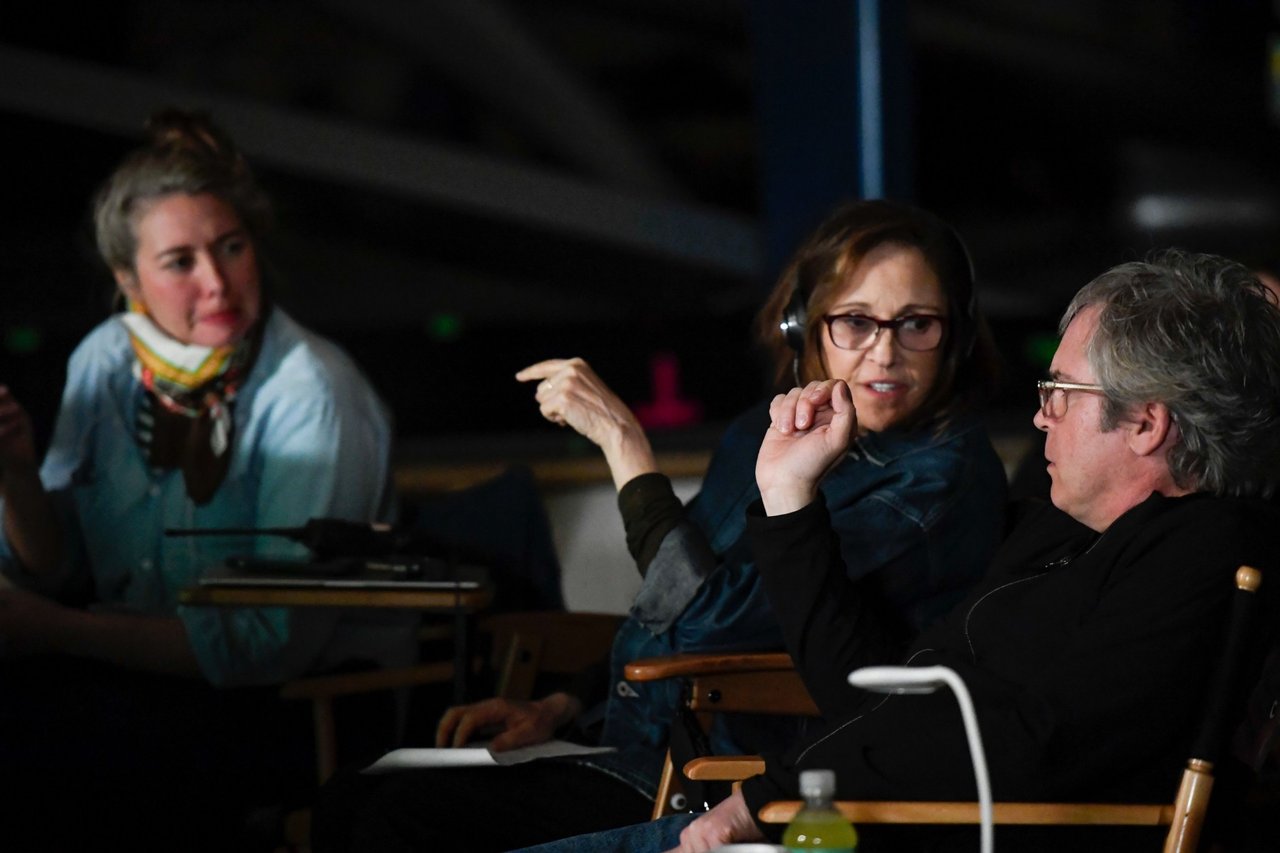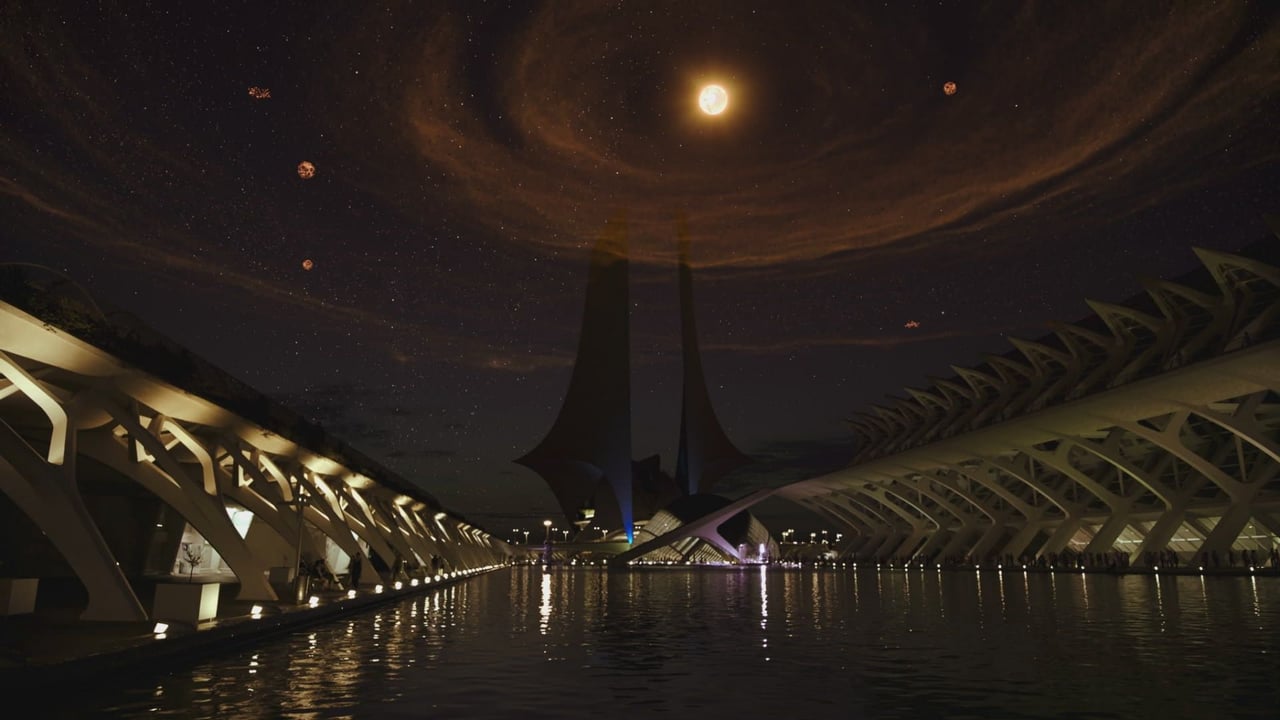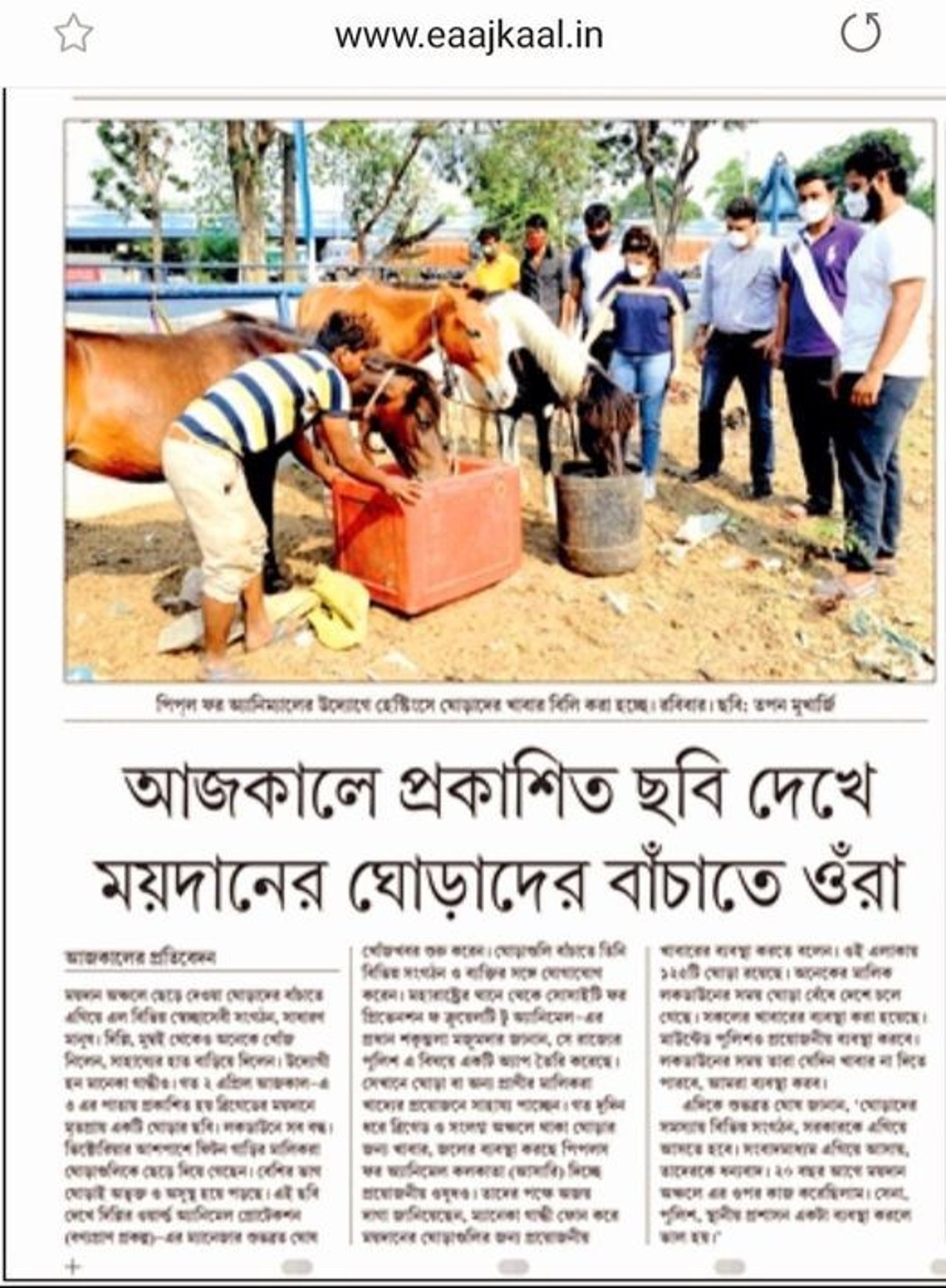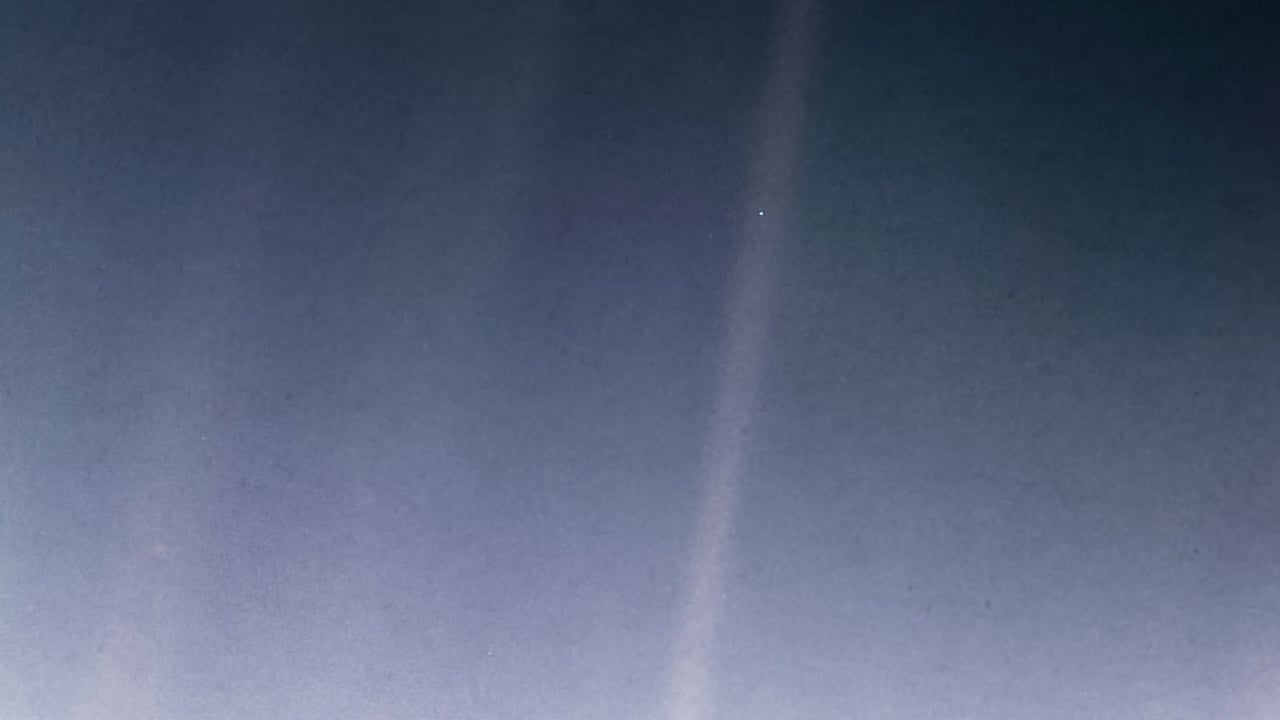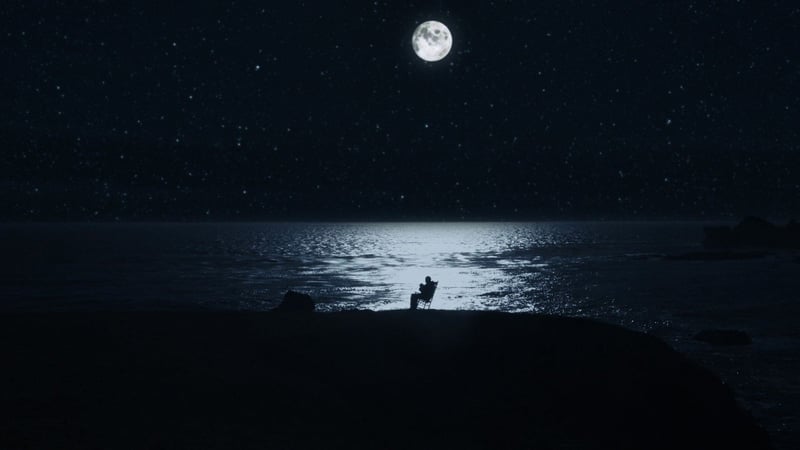
Our planet is a lonely speck in the great enveloping cosmic dark. In our obscurity — in all this vastness — there is no hint that help will come from elsewhere to save us from ourselves. It is up to us.
Carl Sagan and his contribution
He has been world-famous as the citizen scientist who brought forth the mysteries of the universe to millions of people across the world, but what is less known about Carl Sagan is his contribution to protecting the planetary environment and enhancing respect for non-human species. The creator of ‘Cosmos: A Personal Voyage,’ was ringing the bells of environmental destruction well before the green movement became mainstream and talking about global warming and humane treatment of animals before they became fashionable. Carl Sagan was an animal rights visionary in every sense of the word and in a lecture at Cornell University in 1994, he spoke of the social structure of chimpanzees that he described as being one that he “would like to see more of in humans.”
‘Cosmos : Possible Worlds,’ Image credit: National Geographic
The rare celestial event of the Jupiter Saturn Conjunction
It comes as a coincidence at a time when the world is looking at the skies for the rare celestial event of the Jupiter Saturn conjunction, that the third season of the world’s famous science and astronomy series, ‘Cosmos’ has just come to an end. Conceived as ‘Cosmos: A Personal Voyage,’ by Pulitzer Prize-winning author and scientist, Carl Sagan in 1980, the latest series entitled, ‘Cosmos: Possible Worlds,’ has been broadcast on National Geographic channel from March 2020. Produced by Ann Druyan, Carl Sagan’s wife, and presented by the astrophysicist, Neil deGrasse Tyson, the latest series follows the best traditions of bringing intricacies of science to a layperson. Explaining the motivation for creating ‘Cosmos: Possible Worlds,’ both the television series and the accompanying book, Ms Druyan says, “I think Cosmos: Possible Worlds is the season that was inspired by the greatest sense of urgency. It seemed to me that the only future we imagine in popular culture is the ruined nightmare world of dystopia. I wanted to create a dream of the future that was shaped by the wise and humane use of science and high technology. I imagined a civilization capable of taking what the scientists are telling us — both their dire warnings and their stunning revelations about the universe — to heart so that they have operational consequences. So that we are changed by them. And so in this newest season of Cosmos, we are taking a global audience into the future — the near future of the 2039 New York World’s Fair, but also the very distant future of that time when the fleeting grace of the habitable zone moves on from Earth and we have to chart a course for new worlds.”
‘Cosmos : Possible Worlds,’ Image Credit : National Geographic
‘Cosmos : Possible Worlds,’ Image credit : National Geographic
The story of Emperor Ashoka
India features in the latest series with the story of Emperor Ashoka presented as an example of behavioural change in a human being from ruthless killer to tender nurturer. Ms Druyan elaborates the theme in ‘Cosmos,’: “From the very first season of Cosmos, Carl Sagan and I had wanted to tell the story of Ashoka’s stunning transformation from a sadistic murderer to the shining light of humanism. When we were writing this new season and book, some forty years later, our son, Sam Sagan, suggested we tell Ashoka’s story. It is part of the episode/chapter which poses the question: Can we change? From beneath the long shadow cast by environmental destruction and climate change, I think we all wonder if there is something about our species that dooms us. But Cosmos comes from a place of hope — not wishful thinking — but an optimism predicated on a vision of the world where our science and high technology are used with wisdom and foresight.” It was incidentally Emperor Ashoka who laid the foundation for the world’s first animal protection statutes in his edicts established around 2500 years ago.
Pressing necessity of protecting the planet’s environment
As early as 1980, in the fourth episode of ‘Cosmos’ entitled ‘Heaven And Hell’, Carl Sagan eloquently described the ongoing destruction of forests with a casual disregard for the beauty and ecological role of, what he termed as ‘our cousins’, the trees, that could alter the climate in ways that were yet unknown. He voiced his fears about the rampant destruction of the environment that had the potential to change the thriving biosphere of the earth to a barren one like Venus. The footage of the destruction of the world’s forests, aired in 1980, was in many ways ahead of its time. Subsequently, during his own lifetime, Carl Sagan had occasion to speak about the immediate and pressing necessity of protecting the planet’s environment.
A sharp distinction between humans and animals
Carl Sagan lobbied everyone he could – scientists, senators, clergymen and the media in his unrelenting endeavor to ensure that Planet Earth remained a habitable space for all species, including our own. Speaking of our relationship with other animals, Carl Sagan stated, “Humans — who enslave, castrate, experiment on, and fillet other animals — have had an understandable penchant for pretending animals do not feel pain. A sharp distinction between humans and 'animals' is essential if we are to bend them to our will, make them work for us, wear them, eat them — without any disquieting tinges of guilt or regret. It is unseemly of us, who often behave so unfeelingly toward other animals, to contend that only humans can suffer. The behavior of other animals renders such pretensions specious. They are just too much like us.” Thus we see animals cruelly exploited in the wildlife trade, elephant rides in Amer fort in Jaipur in India, crocodile shows in Thailand, and tigers being chained perpetually so that tourists can click pictures with them in proximity in Thailand. World Animal Protection is actively attempting to bring all these atrocities to an end and will continue to do so in the future.
Humans share a kinship with all other forms of life
Throughout his life, Carl Sagan tried to highlight the fact that humans share a kinship with all other forms of life, both plant and animal, and in particular, were closely related to primates, especially the great apes (Gorillas, Chimpanzees and Orang Utans). In terms of what is now considered as animal rights, he was a pioneer much ahead of his time. In his book, ‘The Dragons of Eden,’ Carl Sagan espoused human rights for great apes by writing, “Chimpanzees can abstract. Like other mammals, they are capable of strong emotions. They have certainly committed no crimes. I do not claim to have the answer, but I think it is certainly worthwhile to raise the question: Why, exactly, all over the civilized world, in virtually every major city, are apes in prison? If chimpanzees have consciousness if they are capable of abstractions, do they not have what until now has been described as “human rights”? How smart does a chimpanzee have to be before killing him constitutes murder?”
Given the fact that Carl Sagan made this observation in 1977 and that PETA (People For The Ethical Treatment of Animals), the world’s largest animal rights group, was formed in 1980 and the Great Ape Project that espouses basic human rights (Right To Life, Right To Liberty and Right To Freedom from Torture) for the great apes was formed in 1993, it becomes crystal clear that Carl Sagan was an animal rights visionary. In a review of the book, ‘The Great Ape Project,’ edited by Peter Singer and Paola Cavalieri, Carl Sagan wrote, “We share over 99% of our active genes with chimpanzees and gorillas. The Great Ape Project casts a disturbing light on how we have treated our closest relatives. It challenges us to reassess many of our ethical assumptions.”
The tragic year of 2020
It cannot be overemphasized in this tragic year of 2020, that the importance of good writing to aid the cause of humane treatment of animals is paramount and World Animal Protection takes exceptional note of some publications in this regard in India, alongside ‘Cosmos: Possible Worlds.’ ‘The Gopi Diaries: Coming Home,’ a book about the relationship between a dog and humans, a unique endeavour in Indian literature by Infosys Foundation chairperson, Mr Sudha Murty, and the exemplary coverage given to the crisis facing horses in the Maidan of Kolkata by senior journalists, Mr Biplab Sarkar and Mr Anindya Jana of the daily Aajkaal newspaper(Mr Anindya Jana is now editor of Anandabazar Digital) give us hope that all is not lost in a world riven apart by death and destruction. World Animal Protection coveys the highest respect to individuals like Ms Ann Druyan, Ms Sudha Murty, Mr Anindya Jana and Mr Biplab Sarkar for maintaining the highest standards of communication in the world of media in this pandemic ridden world.
Stories in daily Aajkaal newspaper that led to timely intervention to save the horses of the Maidan in Kolkata from certain suffering and death in the month of April, 2020. World Animal Protection has been prominently involved in raising awareness on these horses and publicly acknowledged those serving these animals in the best traditions of public service.
Stories in daily Aajkaal newspaper that led to timely intervention to save the horses of the Maidan in Kolkata from certain suffering and death in the month of April, 2020. World Animal Protection has been prominently involved in raising awareness on these horses and publicly acknowledged those serving these animals in the best traditions of public service.
Our relationship with other animals
The most potent testament Carl Sagan and Ann Druyan have made on our relationship with other animals is in the book, ‘Shadows Of Forgotten Ancestors’, where they speak about mankind’s relationship with all life forms, specifically primates. Carl Sagan was also a friend of the noted cetacean biologist Roger Payne, and was eloquent on the communication abilities of whales in episode 11 of the first season of Cosmos, ‘The Persistence Of Memory.’ Carl Sagan condemned whaling and termed it ‘monstrous.’ His fascination for non-human language led to the inclusion of the recordings of the calls of Humpback Whales in the Voyager Golden Records that have been launched in space in 1977 and are now the most distant man-made objects created.
Reflections On A Mote Of Dust
The most outstanding legacy of Carl Sagan as an astronomer and a scientist is ironically also a plea for protecting and cherishing the environment on Earth and treating everyone with compassion. His famous speech entitled, ‘Reflections On A Mote Of Dust’, which he delivered many times in his public presentations, is the most befitting tribute to him as an environmentalist. This speech is reproduced here in full:
“We succeeded in taking that picture [from deep space], and, if you look at it, you see a dot. That’s here. That’s home. That’s us. On it, everyone you ever heard of, every human being who ever lived, lived out their lives. The aggregate of all our joys and sufferings, thousands of confident religions, ideologies and economic doctrines, every hunter and forager, every hero and coward, every creator and destroyer of civilizations, every king and peasant, every young couple in love, every hopeful child, every mother and father, every inventor and explorer, every teacher of morals, every corrupt politician, every superstar, every supreme leader, every saint and sinner in the history of our species, lived there on a mote of dust, suspended in a sunbeam.
The earth is a very small stage in a vast cosmic arena. Think of the rivers of blood spilled by all those generals and emperors so that in glory and in triumph they could become the momentary masters of a fraction of a dot. Think of the endless cruelties visited by the inhabitants of one corner of the dot on scarcely distinguishable inhabitants of some other corner of the dot. How frequent their misunderstandings, how eager they are to kill one another, how fervent their hatreds. Our posturings, our imagined self-importance, the delusion that we have some privileged position in the universe, are challenged by this point of pale light.
Our planet is a lonely speck in the great enveloping cosmic dark. In our obscurity — in all this vastness — there is no hint that help will come from elsewhere to save us from ourselves. It is up to us. It’s been said that astronomy is a humbling, and I might add, a character-building experience. To my mind, there is perhaps no better demonstration of the folly of human conceits than this distant image of our tiny world. To me, it underscores our responsibility to deal more kindly and compassionately with one another and to preserve and cherish that pale blue dot, the only home we’ve ever known.”
Image description: Image of planet Earth as a ‘Pale Blue Dot’, taken by Voyager I from the edge of the solar system on February 14 1990, which Carl Sagan described as “a lonely speck in the great enveloping cosmic dark”.
Photo credit : NASA/Jet Propulsion Laboratory
It is our duty, to imbibe the essence of this message and to be kind to each other, as well as to all forms of life on this planet.
References
- Preserving & Cherishing the Earth : An Appeal for Joint Commitment in Science & Religion Eric Lee, Associated Press, 1 September, 2015
Link : https://www.sustainable.soltechdesigns.com/preserving-cherishing-earth.html
Accessed 24th December, 2020
- ‘Cosmos : Possible Worlds,’ as viewed on National Geographic Channel in India, from March 2020 to June 2020
- Aajkaal story on horses, 6th April, 2020
- Anindya Jana : ‘Lockdown Diary’ 3rd April, 2020
Link: https://anindyajana.blog/category/uncategorised/page/6/
Accessed : 24th December, 2020
- Aajkaal report and story on dead horse in the Maidan by Biplab Sarkar , 2 April, 2020
Accessed : 24th December, 2020
- Shadows of Forgotten Ancestors : Carl Sagan and Ann Druyan, Ballantine Books, 1992
- Explained: 50 years of the album that saved the humpback whale, singers of the deep
Link :
Accessed : 24th December, 2020
- Reflections On A Pale Blue Dot : The legacy of Carl Sagan as an animal rights activist and environmentalist by Shubhobroto Ghosh, Sci Wri Club, 27 October, 2020
Link : https://sciwri.club/archives/10395
Accessed on 24th December 2020
- ‘The Dragons Of Eden’ by Carl Sagan 1978 Ballantine Books
- ‘Cosmos : A Personal Voyage,’ by Carl Sagan, 1980
- Carl Sagan lecture at Cornell University in 1994
Link :
https://www.youtube.com/watch?v=6_-jtyhAVTc
Accessed : 24th December, 2020
We see animals cruelly exploited in the wildlife trade, elephant rides in Amer fort in Jaipur in India, crocodile shows in Thailand, and tigers being chained perpetually so that tourists can click pictures with them in proximity in Thailand. World Animal Protection is actively attempting to bring all these atrocities to an end and will continue to do so in the future.
